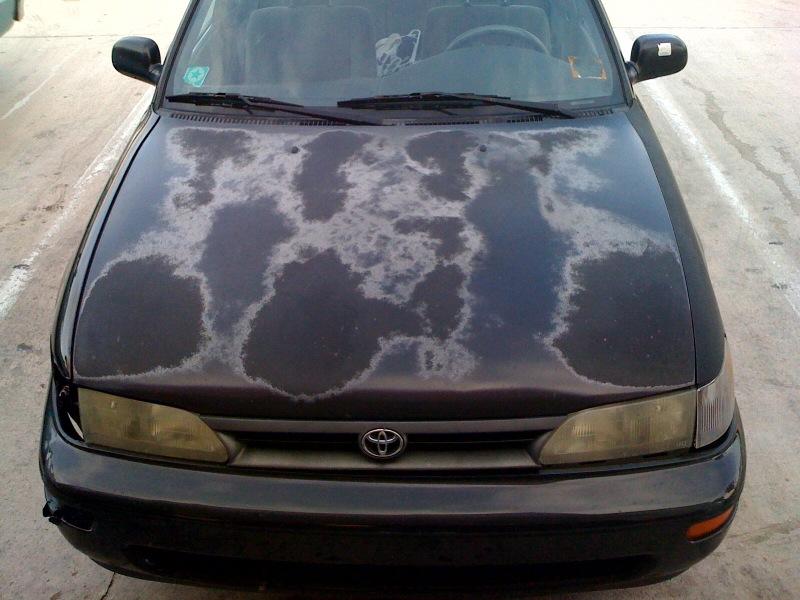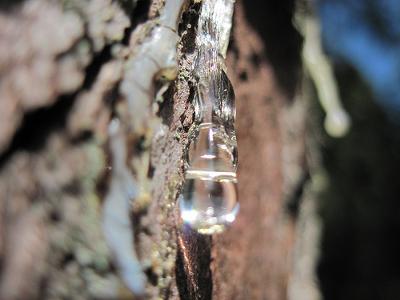It’s a thing of beauty: A brand-new car, shiny and crisp. It makes you want to spend the whole evening walking around it. Pretty soon, the neighbors wander over to congratulate you—and to render advice.
Break it in carefully, one says: “No more than 30 miles per hour until it has 1000 miles on the odo.”
“No,” another says. “Drive it like you stole it, if you want it to be fast.”
Others recommend synthetic oil, or nitrogen in the tires, or a mouse-milk oil additive, guaranteed to double fuel economy.
The ritual of breaking in a new car is part of the body of knowledge we refer to as conventional wisdom. It’s not necessarily wise, and the technology of building a modern automobile has evolved to the point where a lot of “wisdom” is obsolete. Few cars specify a break-in procedure anymore, simply cautioning you to avoid extreme acceleration or extended idling for the first thousand miles or so, and there’s little in the way of extra service up front. Some don’t even mandate an oil change until 6000 miles. We think your new ride deserves better. Here are a few tips.
Engine Cylinder Walls
Piston rings don’t rely on their spring tension to seal against the cylinder bores. Instead, combustion gases work their way between the rings and the piston and force the rings outward. During the first few minutes of engine operation, it’s important that the throttle be opened pretty far at lower rpms to provide this high pressure. Otherwise, the rings won’t burnish the cylinder walls properly, and the engine will have high volumes of blow-by—which means excessive oil consumption and shortened engine life. If you’ve ever seen the car jockeys who drive new cars off the end of the production line into the storage lot, or the transporter drivers zipping up and down the car-hauler ramps, you’ll realize that this all-important step has been performed for you many times. If you’re installing a new engine, simply give it a few seconds of wide-open throttle in a high gear. For the first thousand miles, avoid constant speeds and throttle settings. If you commute in normal stop-and-go traffic, you’ll be fine. I advise against cruise-controlled sojourns across Nebraska.
Bearings
The admonition to keep engine revs low for an extended break-in period stems from the days when bearing and crankshaft manufacturing tolerances were far less rigorous and lubricating oil wasn’t nearly as good. While modern engines are assembled to much the same design clearances, the tolerances are much tighter, meaning the variability is smaller, greatly reducing the possibility of a tight spot. Redlining a fresh motor is generally a bad idea, but there’s no reason you shouldn’t drive normally. I would, however, avoid top-speed testing, drag racing or towing heavy trailers for the first 1000 miles.
Oil
I customarily change the oil in a new engine after about 20 miles, and again at 1000 or so. That 20-mile oil, you would think, would look pretty much like fresh oil right out of the bottle. Wrong. It usually looks more like metal-flake paint, iridescent with tiny particles of metal worn off rubbing surfaces inside the new engines. After a few hours of operation, this completely normal phenomenon slows down as the rings, camshaft, lifters and bearings burnish their respective mating surfaces.
Transmission
The engine break-in procedure also covers the gearbox and the clutch on manual-transmission cars. Most cars with automatic transmissions today are factory-filled with ATF and, supposedly, will never need changing. Some manufacturers are so confident of this that they don’t even have a dipstick or a fill hole. If the specified fluid is a more normal mineral oil, I’d change it and clean the pan after a thousand miles or so. The organic linings on the clutch packs shed a lot of debris, and it generally just turns into sludge that lies in the pan. You don’t want wear metals and sludge to get picked up by the pump and start circulating in the expensive bits.

(Photograph by Frederik Broden)
Brakes
New brake pads on new brake rotors don’t really require a break-in procedure. The texture deliberately left on the surface of the iron discs will grind down the fresh surface of the pad material within a few miles. Even so, refrain from high-speed stops or dragging the brakes for a few hundred miles. Racing pads, however, need to be heated up enough to fade and then carefully cooled off, which removes the top layer and provides better fade resistance.
Interior
Avoid the impulse to slather the interior trim with shiny protectants, which can leach the plasticizers out of new vinyl and increase the likelihood of age-related cracks. On the other hand, a generous dousing of Scotchgard on the cloth upholstery and carpets will keep dirt, pollen and mildew from clinging.
Paint
In years past, it was considered a good idea to not wax a fresh paint job for 90 days, to allow the paint to fully cure and any solvents to escape without being trapped under the wax. Modern catalyzed clear-coat paint is as hard as it will ever be as soon as it cures, before the car ever leaves the plant. Applying 3M Paint Protection Film to the leading edge of the painted bodywork will go a long way toward minimizing stone-chip damage. Otherwise, a good coat of wax will repel water, atmospheric pollutants and dead bugs.
NOW YOU KNOW: Is synthetic oil too slippery for proper break-in?
Conventional wisdom says that a new engine should be broken in on conventional mineral oil, regardless of your intentions to use a synthetic for the long haul. The conventionally wise say that synthetic oil is too slippery and won’t let the microscopic high points properly lap themselves in, delaying the break-in process. I say rubbish. Many modern cars, notably such high-performance marques as Porsche, Ferrari and Corvette, are factory-filled with synthetics. You can bet that somebody has determined that the break-in process will proceed normally with synthetic in the sump of these ultra-high-performance engines. And that goes for your Toyota or Jeep as well.
Nonetheless, I do prefer to use a mineral oil for break-in. It’s $3 a quart versus $7, so I don’t mind changing it after 20 miles and again at 1000.
I would not, however, change the factory-fill synthetic back to mineral for break-in. Those vehicles typically have carefully assembled engines with instructions to do the first oil change at the regular interval, which could be up to 10,000 miles. In those cases, I simply change the oil early, before 1000 miles, just to be safe.
Synthetic oil is a superior product, particularly if your engine operates at the extreme ends of the temperature scale: high-temperature climates, towing or racing. But like any oil, synthetic will become contaminated with atmospheric dirt, wear particles, carbon, partially burned fuel, water and acid. Eventually, even if the oil itself is performing properly, all this extra junk will manifest itself as engine wear.
Also, the first oil change invariably reveals small particles of gasket sealer, chunks of unidentified plastic, the occasional metal flakes that weren’t cleaned off before assembly and even the odd washer or nut. It’s pretty scary. Better this junk come out sooner rather than later.






















